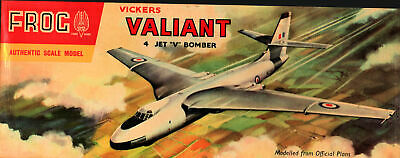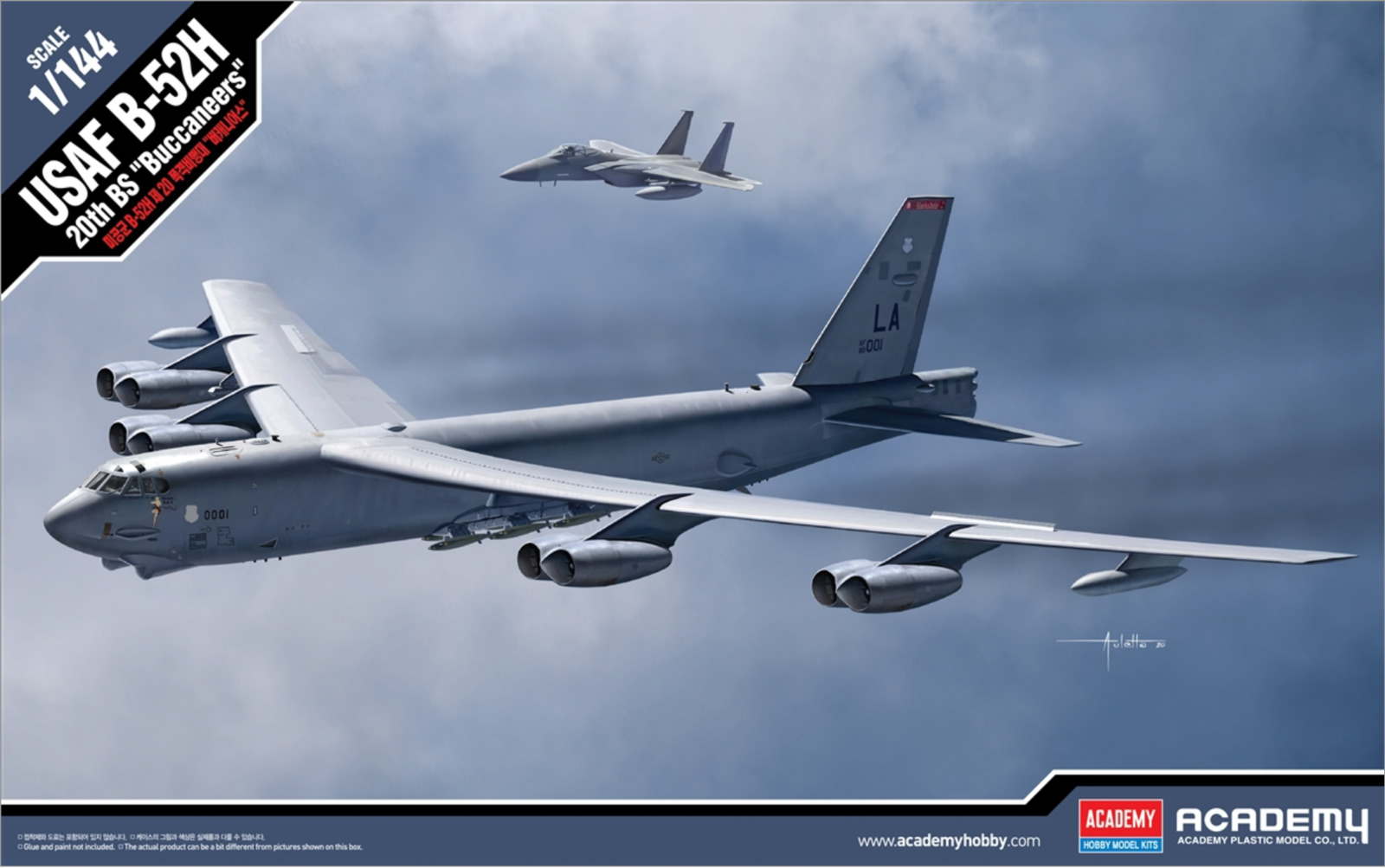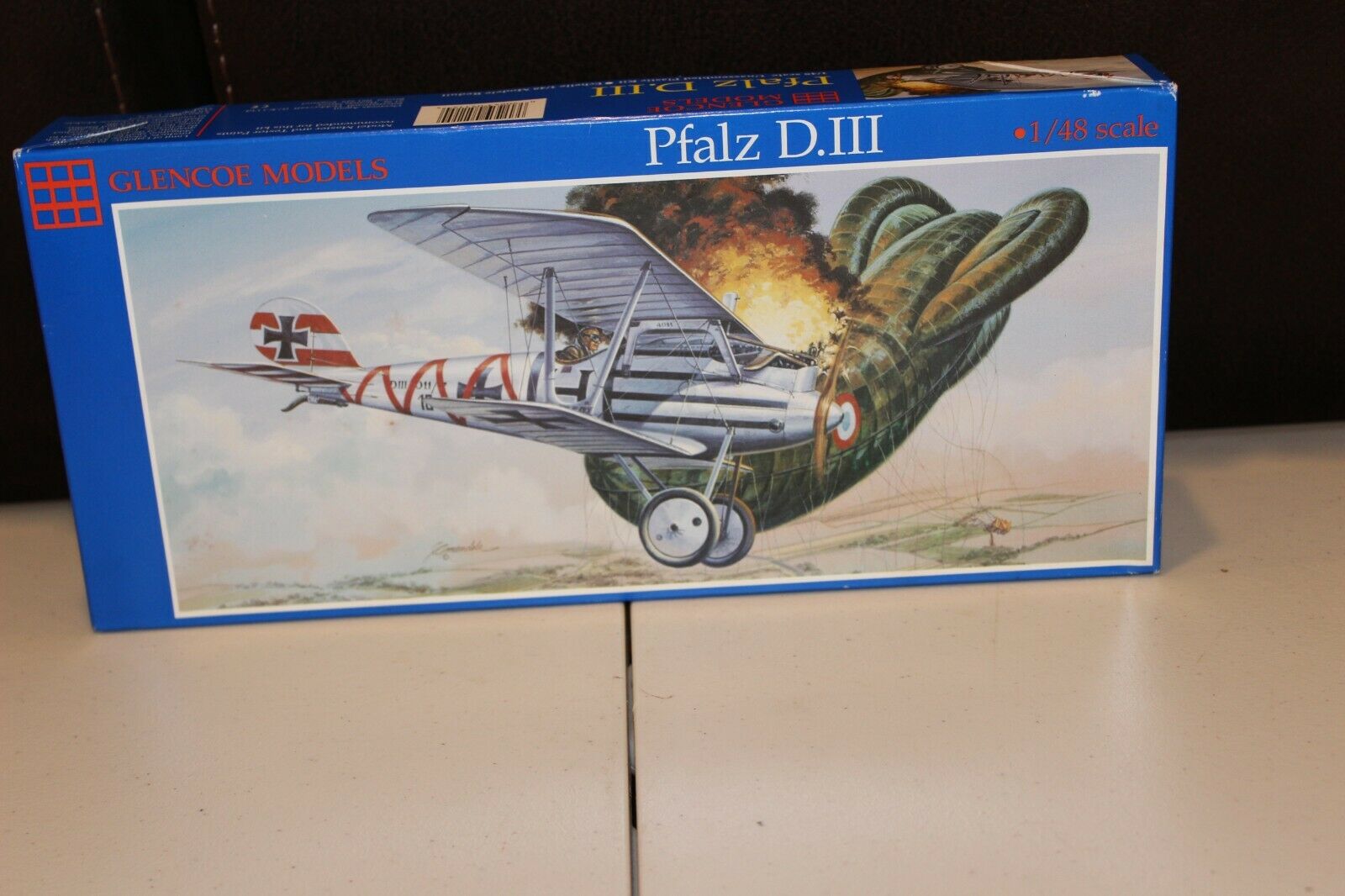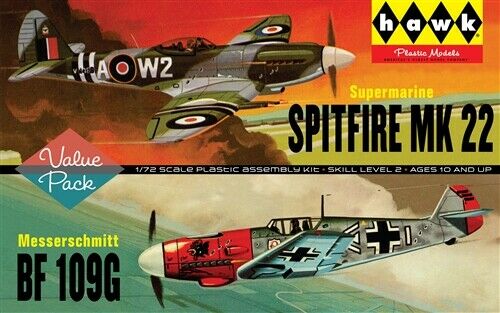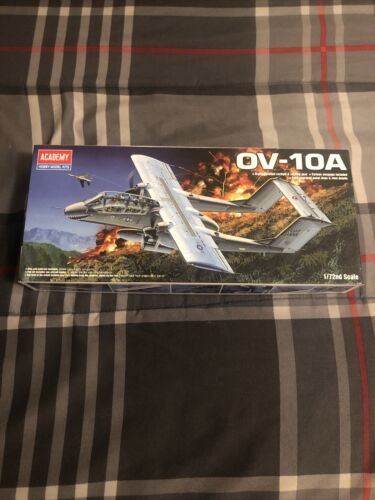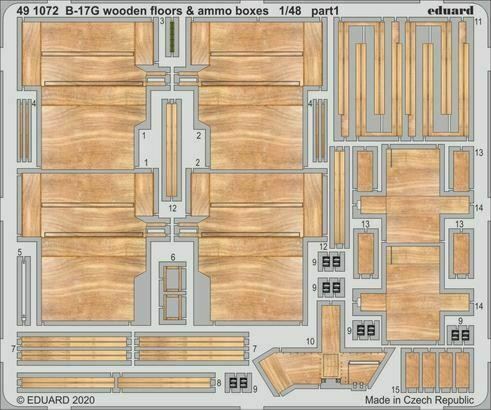-40%
FROG 1/96 VICKERS VALIANT RAF V-FORCE ATOMIC BOMBER Kit# 353P (1958) OPEN BOX UN
$ 105.57
- Description
- Size Guide
Description
ShippingFROG 1/96 VICKERS VALIANT RAF V-FORCE ATOMIC BOMBER Kit# 353P (1958) OPEN BOX UN
FROG 1/96 VICKERS VALIANT RAF V-FORCE ATOMIC BOMBER Kit# 353P (1958)
OPEN BOX UNBUILT PLASTIC MODEL KIT – INVENTORIED 100% COMPLETE – INCLUDES ORIGINAL DECALS AND INSTRUCTIONS
IF YOU HAVE ANY QUESTIONS OR CONCERNS PLEASE ASK ME BEFORE BIDDING / PURCHASING – I WANT EVERYONE TO BE 100% SATISFIED WITH NO SURPRISES OR MIS-UNDERSTANDINGS
IF YOU ARE BUYING MULTIPLE KITS FROM ME AT THE SAME TIME (OR EXPECT TO IN THE NEAR TERM) THEN LET ME KNOW AND I WILL COMBINE ALL INTO A SINGLE SHIPMENT AND ADJUST THE FINAL INVOICE TO REFLECT THE MOST ECONOMICAL SHIPPING METHOD AVAILABLE TO YOUR ADDRESS
----------------------------
Additional Information from Internet Encyclopedia
The Vickers-Armstrongs Valiant was a British four-jet high-altitude bomber, once part of the Royal Air Force's V bomber nuclear force in the 1950s and 1960s. It was developed by Vickers in response to Specification B.35/46 issued by the Air Ministry for a nuclear-armed jet-powered bomber. The Valiant was the first of the V bombers to become operational, and was followed by the Handley Page Victor and the Avro Vulcan; it was noticeably less advanced than its counterparts. The Valiant has the distinction of being the only V bomber to have dropped live nuclear weapons.
As developed, the Valiant was intended for operations as a high-altitude strategic bomber. During the late 1950s, in response to rapid advances in surface-to-air missile (SAM) technology, the Valiant fleet switched to flying a low-level mission profile to perform the strike mission. Beyond the nuclear deterrence role, the Valiant was also used by the RAF for other purposes, a number were converted to perform various support roles such as aerial refueling tankers and aerial reconnaissance aircraft. Valiants were used for conventional bombing missions over Egypt for Operation Musketeer during the Suez Crisis of 1956.
By late 1964 it was found that all variants of the Valiant showed premature fatiguing and inter-crystalline corrosion in wing spar attachment castings, traced to the use of a poorly understood aluminum alloy, DTD683. Rather than proceeding with an expensive rebuilding program, the Valiant was formally retired in 1965. Its duties were continued by the other V-bombers which remained in service until the 1980s.
The Valiant was a conservative design of the era, being equipped with a shoulder-mounted wing and four Rolls-Royce Avon RA.3 turbojet engines, each capable of providing up to 6,500 lbf (29 kN) of thrust, installed in pairs in fireproof bays embedded within each wing root. The design of the Valiant gave an overall impression of a plain and clean aircraft with simple aerodynamics. George Edwards described the Valiant appropriately and simply as an "unfunny" aircraft. The root chord thickness ratio was 12% and allowed the Avon engines to be within the wing rather than on pods as in the contemporary Boeing B-47. This "buried engine" fit contributed to the aircraft's aerodynamic cleanness, and was viewed as the typical place to locate the engines. However, this arrangement also made engine access for maintenance and repair difficult and increased the risk that the failure of one engine would contribute to the failure of its pair due to flying debris such as turbine blades; it also increased the complexity of the design of the main spar which had to be routed around the engines.
The wing of the Valiant used a "compound sweep" configuration, devised by Vickers aerodynamicist Elfyn Richards. Richard found that the inboard section of the wing could be swept forward for positive results, a discovery which he later patented; the Valiant's wing made use of a 37° angle of sweepback for the inner third of the wing, which reduced to an angle of about 21° at the tips. This was because the thickness/chord ratio could be reduced closer to the tips, balancing this against the sweep reduction in postponement of Mach effects such as buffeting and drag rise. The choice to have little sweepback around the aerodynamic surfaces meant that in-service speeds were limited to Mach 0.84 and a typical cruise of Mach 0.75 at heights up to 55,000 ft when light. A drogue parachute was deemed unnecessary due to the aircraft's easy operation from runways as short as 6,000 ft.
The wing was mounted high on the aircraft's fuselage and it caused the problem of limited fuel capacity, necessary compromises were in design were made due to the placement of the engines and main landing gear within the wing's internal space. The leading edge of the wing was fixed while the trailing edge incorporated large outboard two-section ailerons, the inner section featuring trim tabs, alongside double-slotted flaps again split into inboard and outboard sections. Direct electrical drives were used to move the flaps and most other mechanically-powered input devices on the aircraft.
Production aircraft were powered by an arrangement of four Avon 201 turbojet engines, each capable of generating 9,500 lbf (42 kN) of thrust. In addition to being the aircraft's primary source of propulsion, the engines also provided bleed air for the pressurization, ice protection, and air conditioning systems as well as the aircraft's assorted electrical generators. Napier Spraymat electric heaters were present within the engine inlets as a de-icing measure. The shape of the engine inlets were long rectangular slots in the first prototype, while the production Valiants featured oval or "spectacle" shaped inlets to permit greater airflow for the more powerful engines that were installed. The jet exhausts emerged from fairings above the trailing edge of the wings.
For additional takeoff performance in hot and high conditions, such as tropical climates, a jettisonable rocket booster engines pack was developed for the Valiant. Trials were performed with two underwing de Havilland Sprite boosters; however these were ultimately deemed unnecessary due to the availability of more powerful variants of the Avon engine, as well as fears of potential accidents if one booster rocket failed on takeoff, resulting in asymmetric thrust. A number of Valiants received water injection equipment, which had the effect of increasing takeoff thrust by about 1,000 lb (450 kg) per engine.
The crew of the Valiant was contained in a pressurized "egg" in the forward area of the aircraft and consisted of a pilot, co-pilot, two navigators, and an electronics operator; the manufacturing of this pressured section was subcontracted to Saunders-Roe. The pilot and co-pilot were located on an upper level in a side-by-side arrangement akin to the flight deck of an airliner, the remaining three crewmen sat at stations set lower in the cockpit to the rear. Only the pilot and copilot had ejection seats. The other three crewmen had to bail out of the crew door on the port side of the fuselage. A crew of five had been enabled by the discontinuation of use of defensive gun turrets and accompanying air gunners, a design philosophy proved by the successful De Havilland Mosquito bomber of World War II. The flightcrew was provided with Martin-Baker Mk.3 ejector seats, while the rear crewmen were expected to bail out of the oval main entrance door. It has been claimed that the survivability of the rear crewmen was substantially reduced due to the ineffectiveness of this method of escape.
The fuselage area behind the pressurized crew section and forward of the wing was used to house much of the Valiant's avionics, air conditioning, and the retractable main landing gear. The Valiant featured a tricycle landing gear arrangement, with twin-wheel nosegear and tandem-wheel main gear that retracted outwards recessed set into the wing. Each of the main gear were equipped with multipad anti-skid disc brakes, and were telescopically linked so that a single drive could pull them up into the wing recesses. Most of the aircraft's systems were electrically powered, including the flaps and undercarriage. The brakes and steering gear were hydraulically powered, the pumps themselves were electrically driven. The lower half of the aircraft's nose contained the scanner of a powerful H2S radar in a large glass fiber radome; in addition, a visual bomb sight was set beneath the lower floor of the pressurized section.41 The avionics bay could be accessed via an entrance at the base of the rear fuselage leading to an internal catwalk above the aft of the bomb bay.
The electrics were powered by 112 volt direct current generators for functions requiring large amounts of electrical power, and a 28 V DC system provided a controlling voltage for other systems and the actuators that initiated the high-voltage system functions. Backup batteries were a bank of 24 V units and 96 V batteries. 115 V alternating current was provided to systems such as radio and radar that required it; the actuators for the flight surfaces, flaps, air brakes and undercarriage were also powered via this facility. It was decided during development that as much of the aircraft would be electrically-driven as was possible; this design choice was due to electrical cabling being lighter than its hydraulic counterparts, and the already-present high power electrical generators to meet requirements of energy-hungry equipment such as the radar.
The flight controls of the Valiant consisted of two channels of power control with full manual backup; flying in manual was allowed but limited, being intended to be used only in the event of complete electrical failure. The flight controls reportedly required considerable effort to manually operate. All three axis of the flight controls featured a dynamic artificial feel system, the pressure for which was provided via a ram-air inlet. A Smith Aerospace autopilot and instrument landing system (ILS) functionality was installed along with various navigational aids, such as the Marconi Company-built Green Satin doppler radar, Gee radio navigation, Automatic Direction Finder (ADF), VOR/Distance Measuring Equipment (DME), and radar altimeters. Provisions for additional equipment and sensors, such as side looking airborne radar, were also made.
The main center fuselage of the Valiant was immensely strengthened around a massive backbone beam to appropriately support the weight and stresses of the two widely-set wing spars and five protected fuel cells located in the upper portions of this section, the sizable bomb bay was also present in the lower half of the center fuselage. The aft fuselage used a semi-monocoque structure, being far lighter than the center fuselage; the Boulton-Paul-produced electro-hydraulic power units for the ailerons, elevators, and rudder were contained within this space.51 The tail, which was attached onto the rear fuselage was of a simple design, being tapered rather than swept back,41 the horizontal tailplane was mounted well up the vertical fin to keep it clear of the engines' exhaust. The tailcone contained a tail warning radar.
The main structural components, spars and beams of the Valiant had been constructed from a zinc/magnesium/copper aluminum alloy designated as DTD683 in the UK, which later proved problematic. The Valiant had been designed with a 'Safe-Life' strategy;64 this combination of 'Safe-Life' and DTD683 came to be viewed as a severe mistake. In 1956, a publication within the Journal of the Institute of Metals condemned the material DTD683 as being unstable and capable of catastrophic failure while stressing the airframe close to its design limits. The "Safe-Life" design strategy was dismissed by a Lockheed engineer in a talk given to the Royal Aeronautical Society in 1956, because it did not guarantee safety in a catastrophic failure.
The Valiant B.1 could carry a single 10,000 lb (4,500 kg) nuclear weapon or up to 21 1,000 lb (450 kg) conventional bombs in its bomb bay. The Valiant had been designed not only to accommodate the early fission-based nuclear weapons, but also the newer and larger thermonuclear hydrogen bombs.41 A "clean" Valiant (one without underwing tanks) could climb straight to 50,000 ft after takeoff unless it had heavy stores in the large bomb bay. In the aerial reconnaissance role, a camera crate would be installed in the bomb bay, along with a pair of cameras set into the fuselage and larger rear fuel tanks to extend the aircraft's endurance. Large external fuel tanks under each wing with a capacity of 1,650 Imp gal (7,500 L), could be used to extend range; an auxiliary fuel tank could also be installed in the forward area of the bomb bay; the external wing tanks were fitted as standard on Valiants that were operated as aerial refueling tankers. For receiving fuel, a fixed refueling probe was fitted onto the aircraft's nose, this was connected to the fuel tanks via a pipe running along the outside of the canopy to avoid penetrating the pressure cabin.
The first squadron to be equipped with the Valiant was 138 Squadron, which formed at RAF Gaydon on 1 January 1955, with 232 Operational Conversion Unit forming at Gaydon on 21 February 1955 to convert crews onto the new bomber. Since the Valiant was part of an entirely new class of bombers for the RAF, the crews for the new type were selected from experienced aircrew, with first pilots requiring 1,750 flying hours as an aircraft captain, with at least one tour flying the Canberra, with second pilots needing 700 hours in command and the remaining three crewmembers had to be recommended for posting to the Valiant by their commanding officers. Valiants were originally assigned to the strategic nuclear bombing role, as were the Vulcan and Victor B.1s when they became operational. At its peak, the Valiant equipped nine RAF squadrons.
According to Gunston and Gilchrist, the Valiant had performed "extremely well" during bombing competition hosted by American Strategic Air Command (SAC). Edwards claimed that the five most senior United States Air Force generals had been impressed by the Valiant during a visit to Wisley Airfield and that there had been a lot of top-level American interest in the type, including in potentially operating it from aircraft carriers due to its take-off performance; Edwards alleged that the Valiant had influenced the design of the American Boeing B-52 Stratofortress bomber.
On 11 October 1956, a Valiant B.1 (WZ366) of No 49 Squadron was the first RAF aircraft to drop a British operational atomic bomb when it performed a test drop of a down-rated Blue Danube weapon on Maralinga, South Australia. Windscreen blinds were fitted in advance of the test to protect the crew from the intense flash of light from the nuclear detonation. Following the landing of the aircraft after deploying the weapon, WZ366 was assessed for potential damage and for radioactive contamination.
On 15 May 1957, a Valiant B(K).1 dropped the first British hydrogen bomb, the "Short Granite" (AKA "Green Granite Small"), over the Pacific as part of Operation Grapple. No 49 Squadron was selected to perform the live weapon drop, and were equipped with specially-modified Valiants to conform with the scientific requirements of the tests and other precautionary measures to protect against heat and radiation. The test was largely a failure, as the measured yield was less than a third of the maximum expected and while achieving the desired thermonuclear explosion the device had failed to operate as intended. The first British hydrogen bomb that detonated as planned, "Grapple X Round A" (AKA "Round C1"), was dropped on 8 November 1957. The Grapple series of tests continued into 1958, and in April 1958 the "Grapple Y" bomb exploded with ten times the yield of the original "Short Granite". Testing was finally terminated in November 1958, when the British government decided it would perform no more air-delivered nuclear tests.
Originally the bombing role was to have been carried out at from high altitude, but following the shooting down in 1960 of the Lockheed U-2 flown by Gary Powers by an early Soviet SA-2 Guideline missile, the SAM threat caused the V-force to train for low-level attack as means of avoiding radar detection when flying within hostile airspace. They were repainted in grey/green camouflage with normal markings, replacing their anti-flash white scheme. By 1963, four Valiant squadrons (49, 148, 207 and 214) had been assigned to SACEUR in the low-level tactical bombing role.68 By this point, there had been a noticeable decline in flying rates for the type.
Peacetime practice involved the dropping of small practice bombs on instrumented bombing ranges, also a system of predicted bombing using radio tones to mark the position of bomb drop over non-range targets, the bomb error being calculated by a ground radar unit and passed either to the crew during flight or to a headquarters for analysis. Use of the Valiant's Navigational and Bombing System (NBS) and the high quality of assigned crews, which were typically veterans and often had been previously decorated for wartime service, a high level of bombing accuracy could be achieved, greater than that of aircraft during the Second World War. According to Gunston and Gilchrist, Valiant crews were able to place practice bombs from an altitude of 45,000 ft within a few meters of their assigned target.
The Valiant was the first of the V-bombers to see combat, during the Anglo-French-Israeli Suez intervention in October and November 1956. During Operation Musketeer, the British military operation in what became popularly known as the Suez Crisis, Valiants operating from the airfield at Luqa on Malta repeatedly dropped conventional bombs on targets inside Egypt. Egyptian military airfields were the principal target of these bombing raids; other targets included communications such as radio stations and transport hubs. On the first night of the operation, six Valiants were dispatched to bomb Cairo West Air Base (which was aborted in flight due to potential risk to US personnel in the vicinity) while six more attacked Almaza Air Base and a further five bombed Kibrit Air Base and Huckstep Barracks.
Although the Egyptians did not oppose the attacks and there were no Valiant combat losses incurred, the results of the raids were reportedly disappointing. Although the Valiants dropped a total of 842 tons (856 tons) of bombs, only three of the seven airfields attacked were seriously damaged. However, the Egyptian Air Force had been effectively destroyed in a wider series of multinational attacks of which the Valiant bombing missions had been a part. It was the last time the V-bombers flew a live combat mission until Avro Vulcans bombed Port Stanley airfield in the Falkland Islands during the Falklands War in 1982.
Valiant tankers were flown by No. 214 Squadron at RAF Marham, operational in 1958, and 90 Squadron at Honington, operational in 1959. Aircraft assigned to the tanker role were fitted with a Hose Drum Unit (HDU or "HooDoo") in the bomb bay. The HDU was mounted on bomb-mounting points and could be removed if necessary; this arrangement meant that the bomb bay doors had to be opened in order to give fuel to a receiver aircraft. A control panel at the radar navigator station in the cockpit was used to operate the HDU. All of the HDU equipment was designed to be easily removable so that the aircraft could be reverted to the bomber role.
With in-flight refueling probes fitted to Valiants, Vulcans and Victors and Valiant tankers available to give fuel and extend the range of the aircraft being refueled, the RAF Medium Bomber Force could go beyond "medium range", and the RAF had a long range capability. Long-range demonstration flights were made using Valiant tankers pre-deployed along the route. In 1960, a Valiant bomber flew non-stop from Marham in the UK to Singapore and in 1961 a Vulcan flew non-stop from the UK to Australia. The two tanker squadrons regularly practiced long range missions, refueled by other Valiant tankers on the way. These included flights from the UK to Nairobi for which the tanker was stationed at RAF Idris in Libya, and flights from Aden (RAF Khormaksar) to the UK with tankers from Idris or RAF El Adem in Libya.
In 1963 a squadron of Gloster Javelin fighters was refueled by tankers from 214 squadron in stages from the UK to India (Exercise "Shiksha") to support the Indian Air Force in a dispute over their border with China. The 214 squadron tankers flew on to the airfield at Butterworth near Penang in Malaysia, then a station of the Royal Australian Air Force. Later, they re-deployed to India (Calcutta Dum Dum airport) in order to refuel the Javelins in stages back to the UK three weeks later.
Valiants of No. 18 Squadron RAF at RAF Finningley were modified to the "radio countermeasures" (RCM) role – RCM is now called "electronic countermeasures" (ECM). These aircraft were ultimately fitted with APT-16A and ALT-7 jamming transmitters, Airborne Cigar and Carpet jammers, APR-4 and APR-9 "sniffing" receivers, and chaff dispensers. At least seven Valiants were configured to the RCM role.
Valiants of No. 543 Squadron at RAF Wyton were modified to serve in the photographic reconnaissance role. In one notable operation in 1965, Valiants of No. 543 Squadron photographed around 400,000 square miles of Rhodesia across an 11-week period.
United Kingdom
Royal Air Force operated Valiants out of RAF Gaydon, RAF Finningley, RAF Honington, RAF Marham, RAF Wittering and RAF Wyton by:
No. 7 Squadron – Reformed at Honington on 1 November 1956, moving to Wittering on 26 July 1960 and disbanding 30 September 1962.
No. 18 Squadron – Valiant equipped C Flight of 199 Squadron renumbered 18 Squadron at Finningley on 17 December 1958 and disbanded 31 March 1963.
No. 49 Squadron – Reformed Wittering 1 May 1956, moving to Marham 26 June 1961 and disbanding 1 May 1965.
No. 90 Squadron – Reformed at Honington on 1 January 1957 and disbanded on 1 March 1965 .
No. 138 Squadron – Reformed at Gaydon on 1 January 1955, moving to Wittering on 6 July 1955 and disbanding 1 April 1962.
No. 148 Squadron – Reformed Marham 1 July 1956 and disbanded 1 May 1965.
No. 199 Squadron – C Flight of 199 Squadron received Valiants on 29 May 1957 at Honington in the ECM training role, replacing Avro Lincolns, with the rest of the Squadron operating the Canberra. 199 Squadron was disbanded in December 1958, with C Flight becoming 18 Squadron.
No. 207 Squadron – Reformed at Marham on 1 April 1956, disbanding on 1 May 1965.
No. 214 Squadron – Reformed at Marham on 21 January 1956 and disbanded on 1 March 1965.
No. 543 Squadron – Reformed at Gaydon on 1 April 1955 in the strategic reconnaissance role and moved to Wyton on 18 November 1955. It received Victor Mk 1s to replace its grounded Valiants in 1965.
No. 232 Operational Conversion Unit RAF – Formed at Gaydon 21 February 1955 to train Valiant flight crews, with Victor training added in 1957. The Valiant equipped B flight disbanded in February 1965.
No. 1321 (Valiant/Blue Danube Trials) Flight
Shipping & Handling
Back to Top
US Shipping
Please check eBay's Shipping & Payment tab
USPS Priority Mail®
International Shipping
Please check eBay's Shipping & Payment tab
USPS First-Class Mail International (Worldwide)
USPS First-Class Mail International (Canada)
FREE scheduling, supersized images
and templates. Get Vendio Sales Manager.
Make your listings stand out with
FREE Vendio custom templates!
FREE scheduling, supersized images
and templates. Get Vendio Sales Manager.
